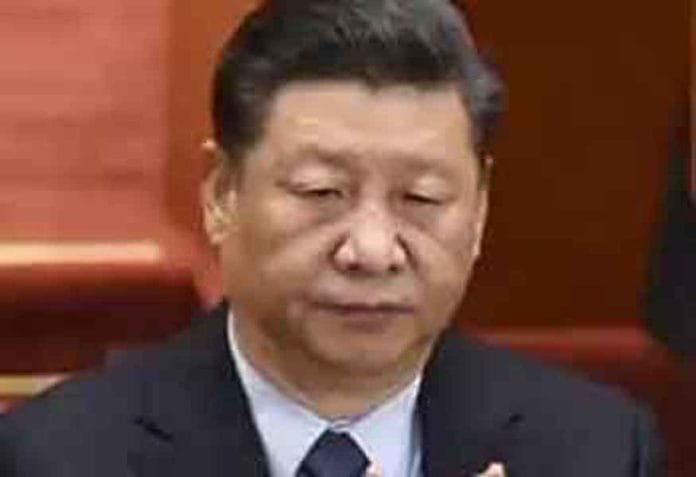INVC NEWS
Beijing – : The situation you described highlights ongoing tensions between China and Tibet regarding land appropriation and the construction of a hydro power dam. China has been accused of forcibly evacuating Tibetan people from their homes and land in order to make way for the Lingya Hydro Power Dam in the Rebgong and Qinghai areas of Tibet. These actions have reportedly led to resistance from the affected people who are unwilling to give up their land and homes.
According to reports, Chinese officials have been threatening the affected individuals with the denial of compensation if they do not comply with the evacuation. The hydro project is part of China’s five-year plan and requires a significant investment of 285 crore rupees. The specific areas being vacated for the dam construction include Shu-ong Ke, Ong Ni Tha, Malpa Jam and Malpa Kharnang Kharsi, and Malpa Chauvo in Tibet.
The affected people argue that they have no alternative means of survival other than their villages and farms. Consequently, when forced to leave their land, they are compelled to move to cities in China and work as laborers. This situation is seen as an attempt by China to forcibly assimilate the Tibetan people into Chinese culture.
The dispute between China and Tibet has a long history. China claims that Tibet was part of its territory since the 13th century, while Tibet refutes this claim. In 1912, the 13th Dalai Lama declared Tibet’s independence, and China did not object at that time. However, when the communist government took power in China in 1949, its expansionist policies posed a threat to Tibet’s independence.
In October 1950, the Chinese army invaded Tibet and defeated the Tibetan army after eight months of struggle. Tibet was subsequently coerced into signing a 17-provision accord with China on May 23, 1951, officially acknowledging China’s occupation of Tibet. The 14th Dalai Lama of Tibet, who is regarded as the foremost religious leader of Tibet, later declared that this agreement was forced upon Tibet, rendering China’s occupation illegal.
Despite these objections, China has maintained its occupation of Tibet, and the current Dalai Lama, the 14th Dalai Lama Tenzin Gyatso, has been living in India since 1959.
It is important to note that the information provided is based on the context you presented. The situation between China and Tibet is complex, and perspectives may vary.













